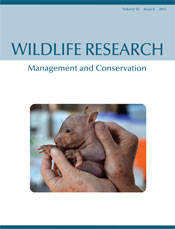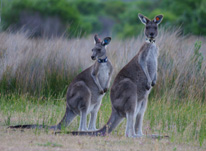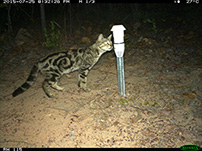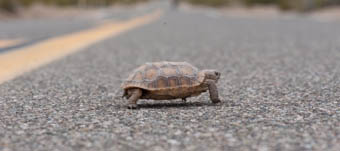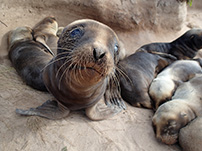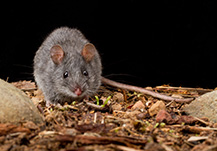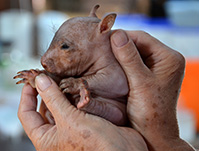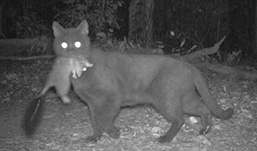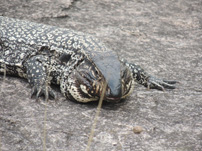WR14209Increasing abundance of pups of the long-nosed fur seal (Arctocephalus forsteri) on Kangaroo Island, South Australia, over 26 breeding seasons to 2013–14
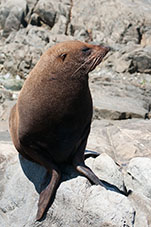
Fur seal populations in southern Australia are recovering from over-harvesting in the early nineteenth century. Two colonies in South Australia have increased at about 10% per annum over 26 years. The increase demonstrates that fur seals can recover from uncontrolled harvesting provided breeding habitat ashore is protected, and it has led to enhanced levels of interference with fishers and predation on little penguins. Photograph by David Sinclair.


